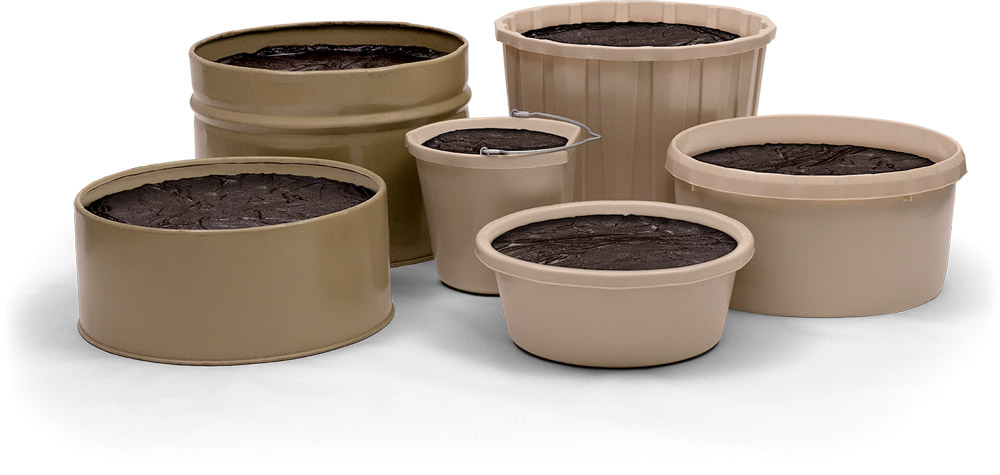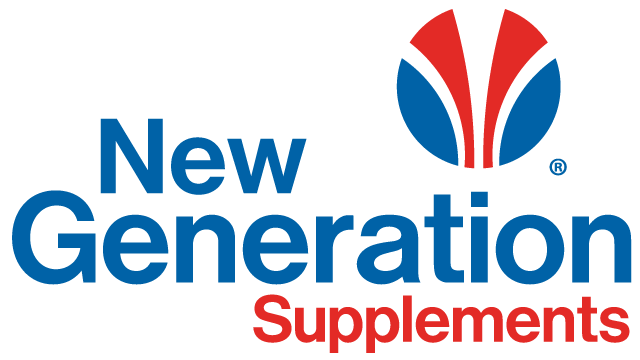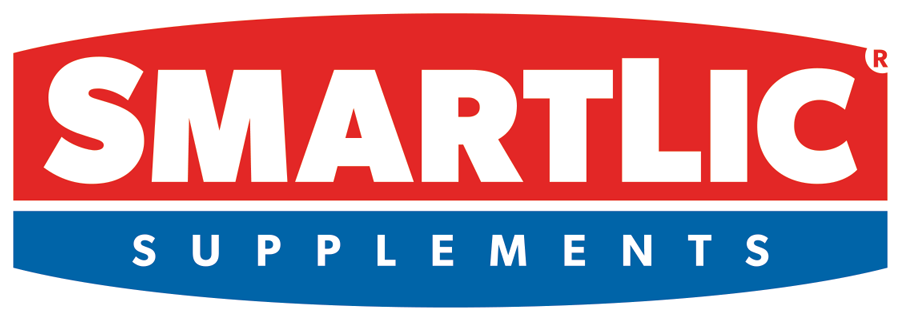MinLic Hi-Phos: A Free Choice Mineral Supplement for Cattle on Spring and Summer Pastures

MinLic® Hi-Phos supplement is specially formulated to enrich the diet of cattle without the added cost of supplemental protein. MinLic Hi-Phos offers 8% phosphorus and calcium to help balance out average pastures that are low in phosphorus.
Phosphorus is typically one of the first limiting nutrients for grazing cattle. Important for bone development and cell energy, cattle short on phosphorous will show fragile bones, poor growth, low appetite, chewing of wood/hair/bones, poor reproductive performance, and reduced milk production.
Feeding Directions
Provide free choice as a supplement to pasture cattle at the rate of one block for each 10 to 20 head. Place blocks in each pasture near areas frequented by cattle, such as watering locations, shade or loafing areas. Cattle normally consume approximately 4 ounces per head daily. Consumption may vary depending on climate, grazing conditions, condition of cattle and/or availability of other feeds. In situations where climate and/or other factors result in consumption less than 4 ounces per head daily, MinLic® Hi-Phos consumption may be increased slightly by providing additional blocks in each pasture.
Provide access to fresh water and free-choice salt at all times.
For other SmartLic® feeding options for cattle on pasture, or when feeding stored forages, feed NE-12, NE-22, NE-30, Hi-Pro 40 or Pasture 40 depending on forage quality and required protein supplementation.
Guaranteed Analysis
Guaranteed Analysis
No Supplemental Protein Added
MinLic® Hi-Phos contains no supplemental protein and is recommended for supplementing spring and summer pastures when supplemental protein is not required.
Higher Mineral Fortification
MinLic® Hi-Phos offers the benefit of a high level of mineral in a palatable supplement that cattle will consume consistently. This supplement contains a minimum of 8% calcium and phosphorus.
- Contains 8% calcium and phosphorus
- Balanced trace minerals levels
- Fortified with vitamins A, D, and E
Vitamins & Minerals in MinLic® Hi-Phos
MinLic® Hi-Phos is fortified with high levels of mineral to ensure that the animal’s mineral needs are met. Below are some of the reasons why these minerals are necessary for optimum herd health and performance:
- Phosphorus is important for proper bone development in the beef cow and is the major mineral of the energy compound ATP, which is the molecule that provides energy to the cells. Most range forages are low in phosphorus and high in calcium. Symptoms of a phosphorus deficiency are fragile bones, poor growth, depraved appetite, chewing of wood, hair and bones, poor reproductive performance and reduced milk production.
- Copper is required for reproductive performance. A significant symptom of copper deficiency includes delayed or suppressed estrus, along with reduced growth rate, fragile bones and anemia.
- Manganese is a necessary element of bone growth and skeletal development, as well as reproduction. Skeletal abnormalities such as weak bones and stiff joints are signs of deficiency, as well as poor reproductive performance and reduced conception rates in older cattle.
- Zinc is essential in the function of numerous enzymes. It is also needed for normal development and functioning of the immune system. Research has also shown that zinc is a requirement of the reproductive system. Stiff joints, skin lesions, reduced testicular growth, delayed puberty and abnormal estrus may be signs of a zinc deficiency.
- Selenium is necessary for tissue repair, normal function of the immune system, and reproductive performance. Selenium is interactive with vitamin E, and a diet low in vitamin E may require an increase in selenium supplementation. A common symptom of deficiency is white muscle disease in young cattle characterized by lameness, stiffness, or cardiac failure.
- Vitamin A is required for growth, reproduction and maintenance; vitamin D affects calcium and phosphorus utilization and vitamin E helps to increase immune system function as well as interaction with the functions of selenium. Vitamin E plays a vital role in the prevention of mastitis.
Economical
A low feeding rate per head daily can significantly minimize your feeding costs on a cost per head per day basis.
High Mineral Fortification
This supplement is Vitamin and Mineral fortified eliminating the need to feed additional free-choice minerals.
Weather Resistant
An exceptionally dense block that maintains its integrity even in hot, humid weather or precipitation.
Returnable Steel Barrels
Economical and environmentally friendly and eliminate the expense of additional feeding equipment.
Minimal Labor
Easy to feed. Simply place the block in areas of easy access to livestock.



